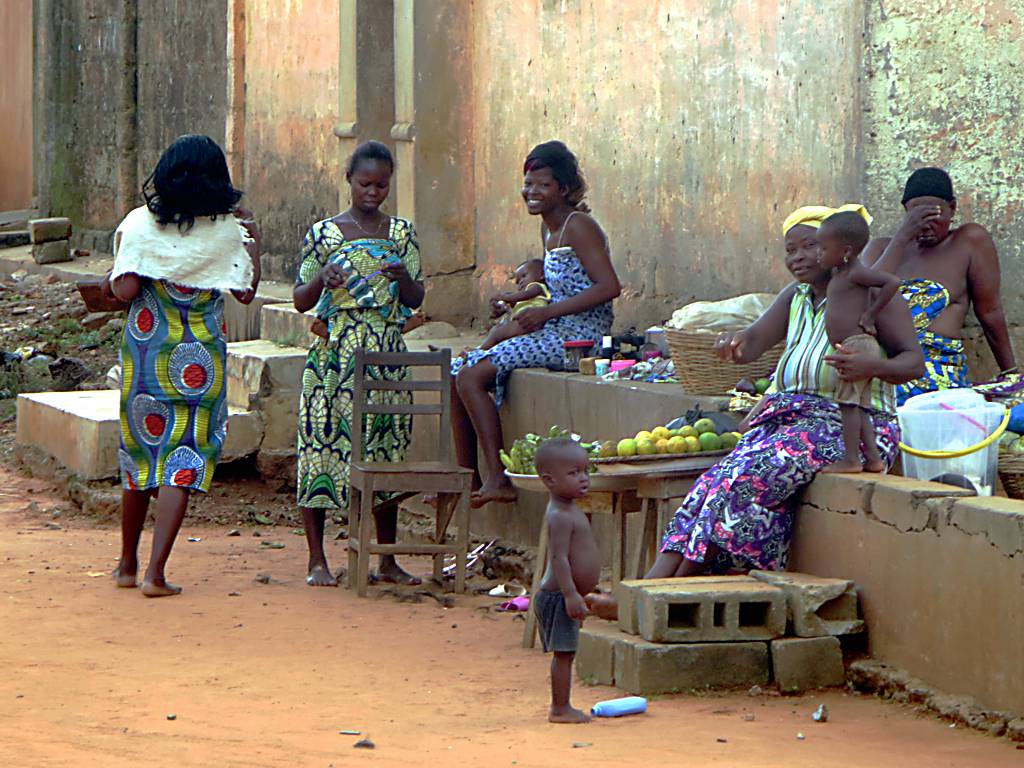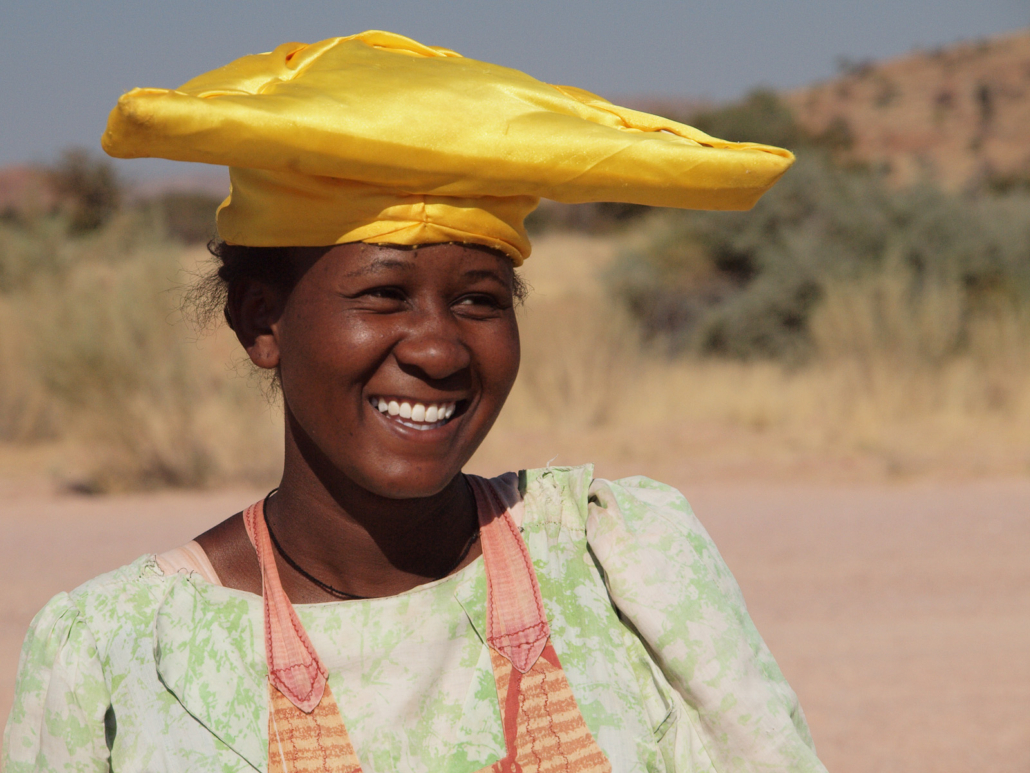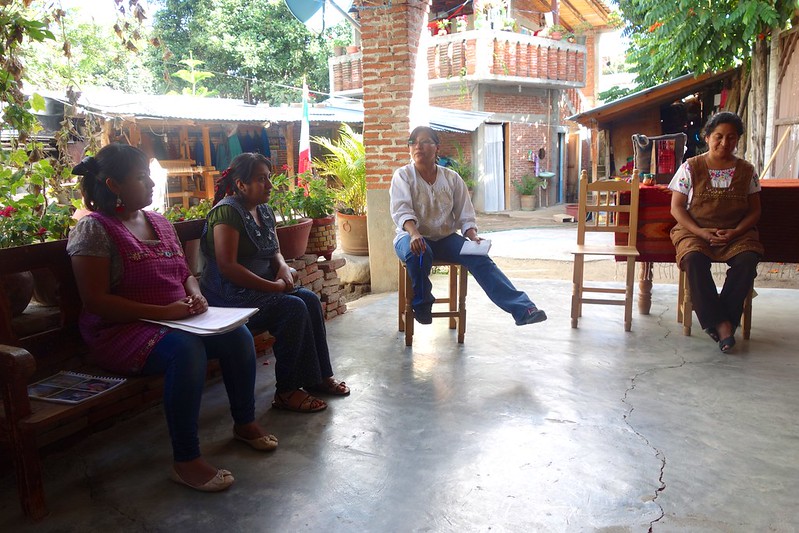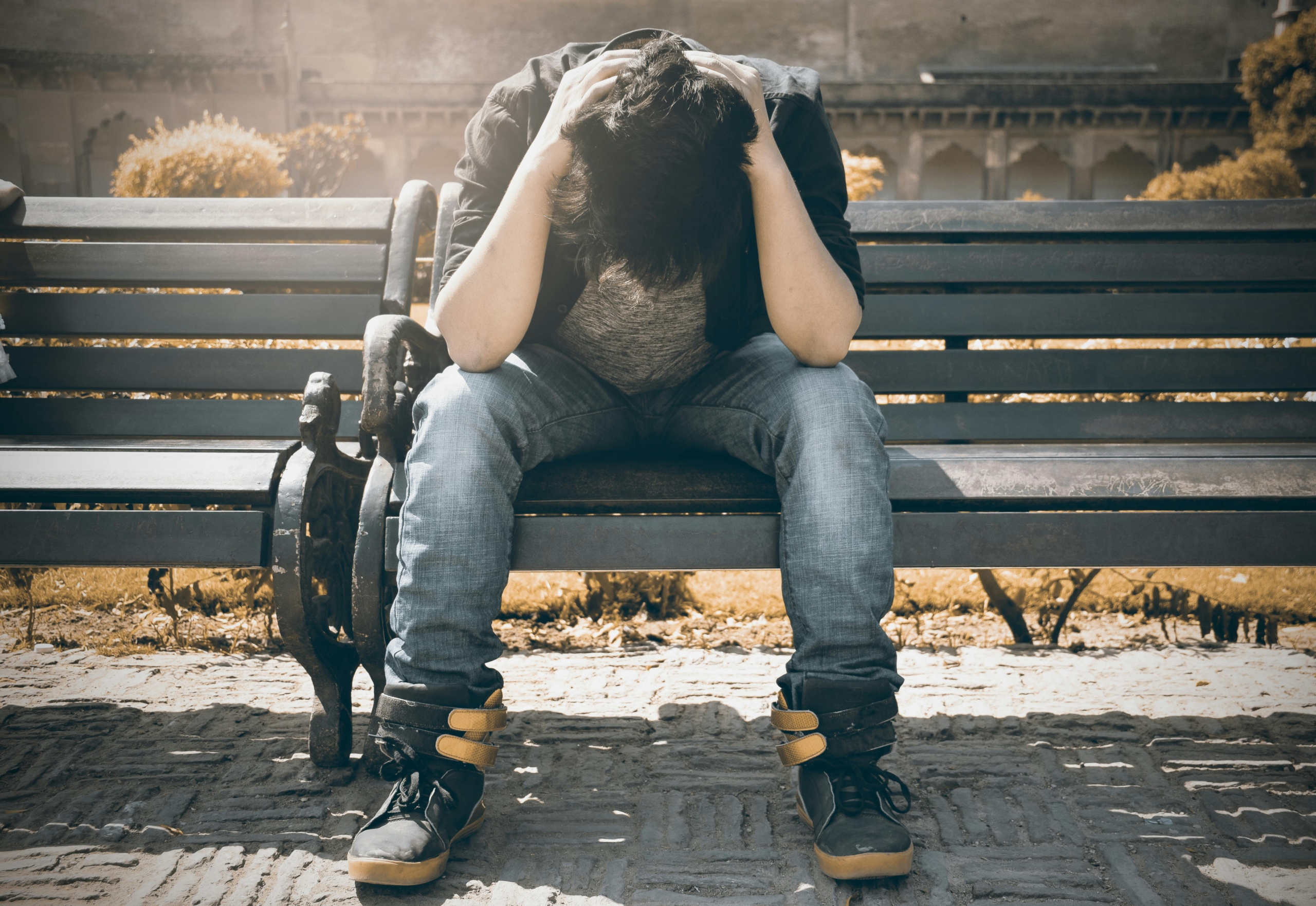 A stunning collection of islands off the coast of West Africa, Cabo Verde is the home of more than 600,000 people. After gaining independence from Portugal in 1975, Cabo Verde quickly built a successful democratic government. Despite economic progress, opportunities remain limited. Droughts have led many to emigrate. Among those who have stayed, many live without access to clean water, nutritious food or adequate housing, impacting mental health.
A stunning collection of islands off the coast of West Africa, Cabo Verde is the home of more than 600,000 people. After gaining independence from Portugal in 1975, Cabo Verde quickly built a successful democratic government. Despite economic progress, opportunities remain limited. Droughts have led many to emigrate. Among those who have stayed, many live without access to clean water, nutritious food or adequate housing, impacting mental health.
Mental Health Rate in Cabo Verde
Cabo Verde has made significant progress in all areas since gaining its freedom. The mental health of its people has been no exception. In 2017, there were no reported mental health professionals. Three years later, 11 total psychiatrists, 40 psychologists, 23 social workers, one mental health nurse and one occupational therapist were reported, demonstrating the country’s effort at combating mental health.
Suicide rates have also steadily declined, dropping from 17.46 per 100,000 people in 2013 to 15.23 in 2019. However, nearly 5% of people living in Cabo Verde still experience depression. To combat this, the Cabo Verde government has expanded mental health resources. In addition, it has launched initiatives such as educational conferences to reduce the stigma surrounding mental health.
Reducing Stigma
World Health Day is observed annually on April 7. In 2017, the World Health Organization (WHO) partnered with Cabo Verde’s Ministry of Health and Social Security (MSSS) to organize a conference focused on depression. The conference aimed to tackle the issue without stigma or bias. Under the theme “Depression: Let’s Talk,” the event occurred in the nation’s capital and welcomed everyone to participate. Before the conference, the WHO held press briefings to discuss topics such as stigma, strategies for raising awareness about depression, its impact on those affected and the available resources for support.
A series of events also took place across Cabo Verde on the same date. At the University of Cabo Verde, a roundtable discussion was held with several doctors from the WHO and MSSS, focusing on discrimination in mental health. At the Agostino Neto Hospital Central Hospital in Praia, a “Conversation morning,” was held. Pregnant and new mothers were invited to participate in an open discussion about postpartum depression. Led by the clinical director from the hospital alongside doctors from the WHO, patients were educated on signs of postpartum depression and how to navigate it.
Government Support
The day concluded with a forum on depression at the Government Palace. During the event, the forum’s chairman, Dr. Arlindo do Rosário, emphasized that the work of the WHO and MSSS “further highlight the government’s firm commitment to actually include mental health in our work.”
Recently, Dr. Angel Olider Rojas Vistorte hosted a conference on mental disorders and social media usage in Praia. The event, held in June 2024, was organized by the Jean Piaget University of Cape Verde, the Ibero-American University Foundation and the European University of the Atlantic, where Vistorte is affiliated. The conference aimed to create a safe space for discussing mental health and promoting healthy dialogue about mental health issues. In his lecture, Vistorte went beyond depression, addressing anxiety and eating disorders as potential consequences of excessive social media usage.
Conclusion
Cabo Verde has made notable progress in improving mental health care, reducing stigma and increasing access to mental health professionals. Despite challenges such as poverty and limited resources, the country has seen a decline in mental health disorders and suicide rates. Educational initiatives and open discussions have further supported awareness and progress. These positive strides reflect Cabo Verde’s commitment to better mental health for its people.
– Hannah Pacheco
Hannah is based in Boston, MA, USA and focuses on Good News and Global Health for The Borgen Project.
Photo: Pixabay
 People from lower-income countries are often overlooked as a target audience for mental health care. In impoverished countries, in particular, mental health care is crucial for breaking the cycle of potentially exacerbated mental illnesses that disproportionately affect underprivileged populations. According to the World Health Organization (WHO),
People from lower-income countries are often overlooked as a target audience for mental health care. In impoverished countries, in particular, mental health care is crucial for breaking the cycle of potentially exacerbated mental illnesses that disproportionately affect underprivileged populations. According to the World Health Organization (WHO), 


 The United Nations General Assembly (
The United Nations General Assembly (


 Suriname, ranked second by the Pan American Health Organization (PAHO) for its high
Suriname, ranked second by the Pan American Health Organization (PAHO) for its high